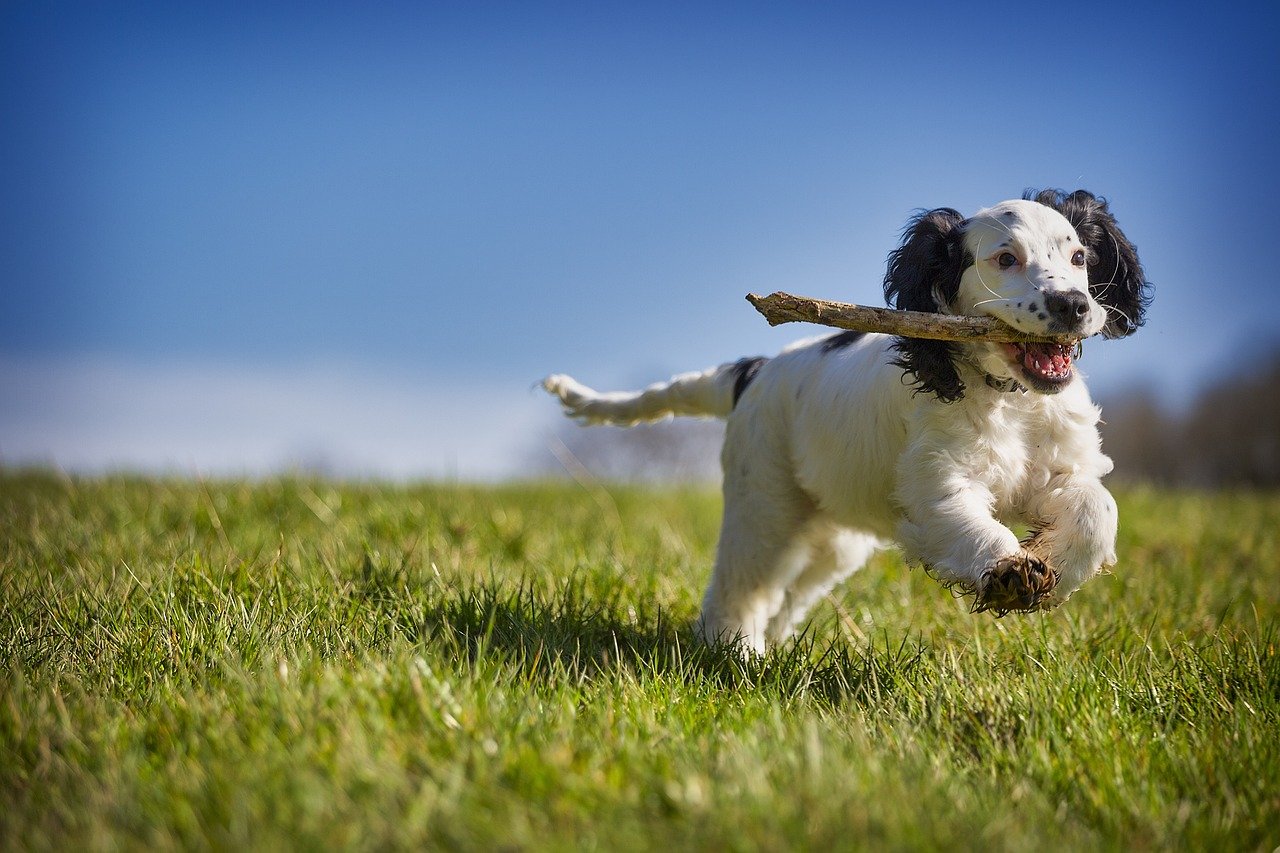Welcoming a new dog into your home is like opening a new chapter filled with joy, wagging tails, and unconditional love. However, it can also bring unexpected challenges that require adjustments in your daily routine. Learning to harmonize your lifestyle with your furry friend is crucial to ensuring a smooth transition and building a life full of happy memories. This guide offers practical tips to help new dog owners seamlessly integrate their four-legged companions into their lives, fostering a bond that will last a lifetime.
Understanding Your Dog’s Needs
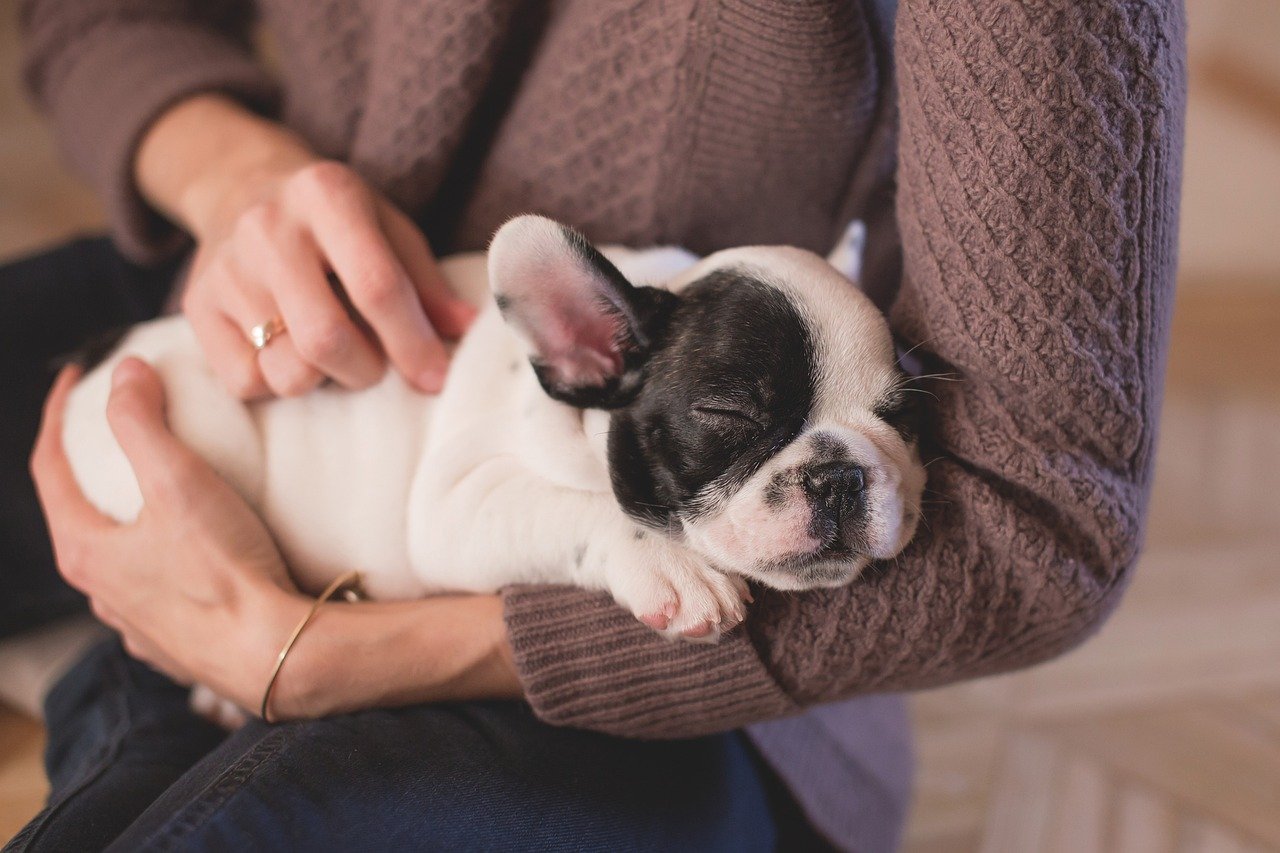
Bringing a new dog into your life is an exciting and rewarding experience, but it also requires adjustments to your daily routine. From establishing a consistent schedule to creating a pet-friendly environment, ensuring a smooth transition is key to building a strong bond with your furry companion. Whether you’re a first-time dog owner or welcoming another pup into your home, a little planning can make all the difference.
The first step in harmonizing your lifestyle with a new dog is understanding its basic needs. Dogs, much like humans, require food, water, shelter, and love to thrive. However, they also need mental stimulation and physical exercise. Spend time observing your dog’s behavior and preferences. Does your dog prefer long walks or a game of fetch? Are they more social or do they enjoy quiet time? By understanding these needs, you can tailor your daily activities to meet them, ensuring your dog feels secure and loved.
Establishing a Routine

Dogs are creatures of habit and thrive on routine. Establishing a consistent schedule for feeding, walking, and playtime helps your dog know what to expect each day. This predictability reduces anxiety and builds trust between you and your pet. Try to feed your dog at the same times every day and stick to a regular walking schedule. Incorporate play and training sessions into your routine to keep your dog mentally and physically engaged.
Creating a Safe Space

Just like humans, dogs need a safe, comfortable space to retreat to when they need rest or downtime. This could be a cozy corner with a dog bed or a designated crate. Ensure this area is free from hazards, such as exposed wires or small objects that could be swallowed. By providing a safe space, you give your dog a sense of security and a place to call their own, which is essential for their well-being.
Training Basics
Training is a vital part of integrating a new dog into your home. Basic obedience training, such as teaching your dog to sit, stay, and come, not only helps in managing your dog’s behavior but also strengthens your bond. Use positive reinforcement techniques like treats and praise to encourage good behavior. Training sessions should be fun and engaging, providing both mental stimulation and an opportunity for you and your dog to communicate effectively.
Socializing Your Dog
Socialization is key to raising a well-adjusted dog. Introduce your dog to a variety of people, environments, and other animals gradually. This exposure helps your dog become more confident and reduces the likelihood of anxiety or aggression in unfamiliar situations. Dog parks, training classes, and playdates with other dogs are excellent ways to socialize your pet and enrich their experiences.
Exercise and Play
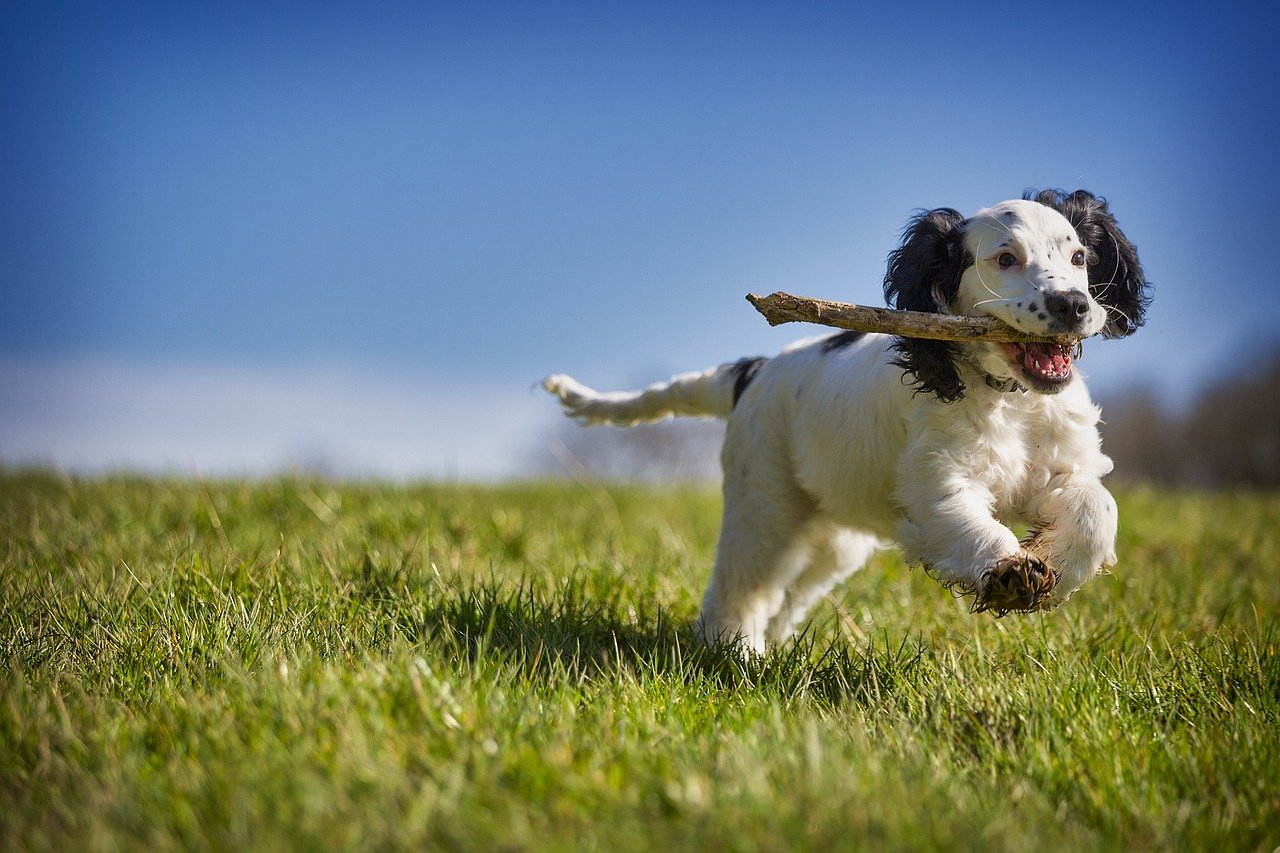
Regular exercise is crucial for your dog’s physical health and mental well-being. Depending on your dog’s breed and age, exercise needs can vary. Some dogs require long runs, while others are content with a brisk walk. Incorporate play into your exercise routine by including games like fetch or tug-of-war. Remember, a well-exercised dog is a happy dog, reducing destructive behaviors born out of boredom.
Healthy Nutrition

Providing balanced nutrition is fundamental to your dog’s overall health. Choose high-quality dog food that meets your pet’s nutritional needs. Consult your veterinarian to determine the best diet plan, considering factors such as age, breed, and health conditions. Be mindful of portion sizes to prevent obesity and offer treats sparingly. Proper nutrition supports your dog’s energy levels and longevity.
Regular Vet Visits
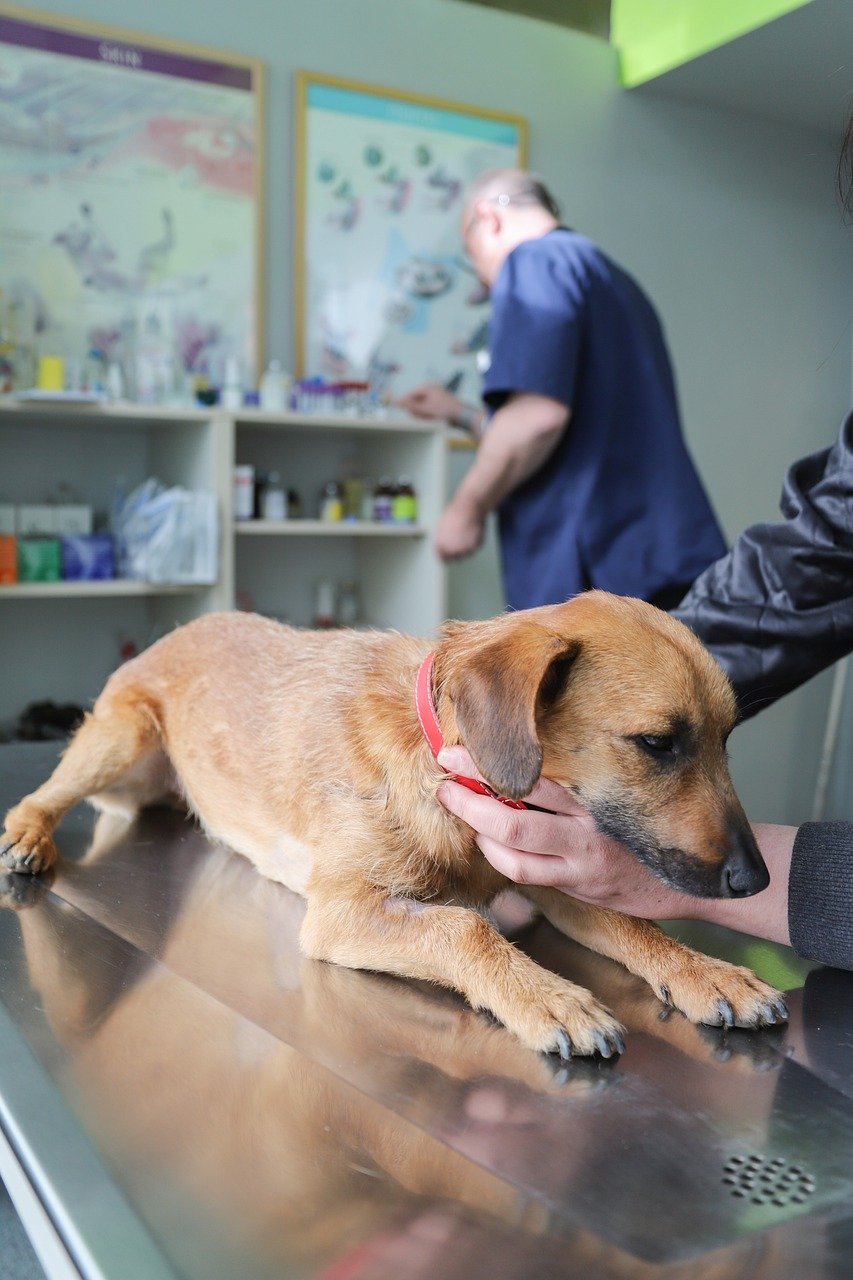
Regular veterinary check-ups are essential for maintaining your dog’s health. Schedule annual visits for vaccinations, dental check-ups, and general health assessments. Your vet can provide valuable advice on preventive care, such as flea and tick prevention, and address any health concerns promptly. Keeping up with vet visits ensures your dog remains healthy and happy, giving you peace of mind.
Grooming and Hygiene

Keeping your dog clean and well-groomed is another important aspect of dog ownership. Regular brushing helps remove loose fur and reduces shedding, while bathing keeps your dog clean and odor-free. Pay attention to your dog’s nails, teeth, and ears, ensuring they are well-maintained. Grooming is not just about cleanliness; it’s an opportunity to bond with your dog and check for any signs of health issues.
Understanding Communication
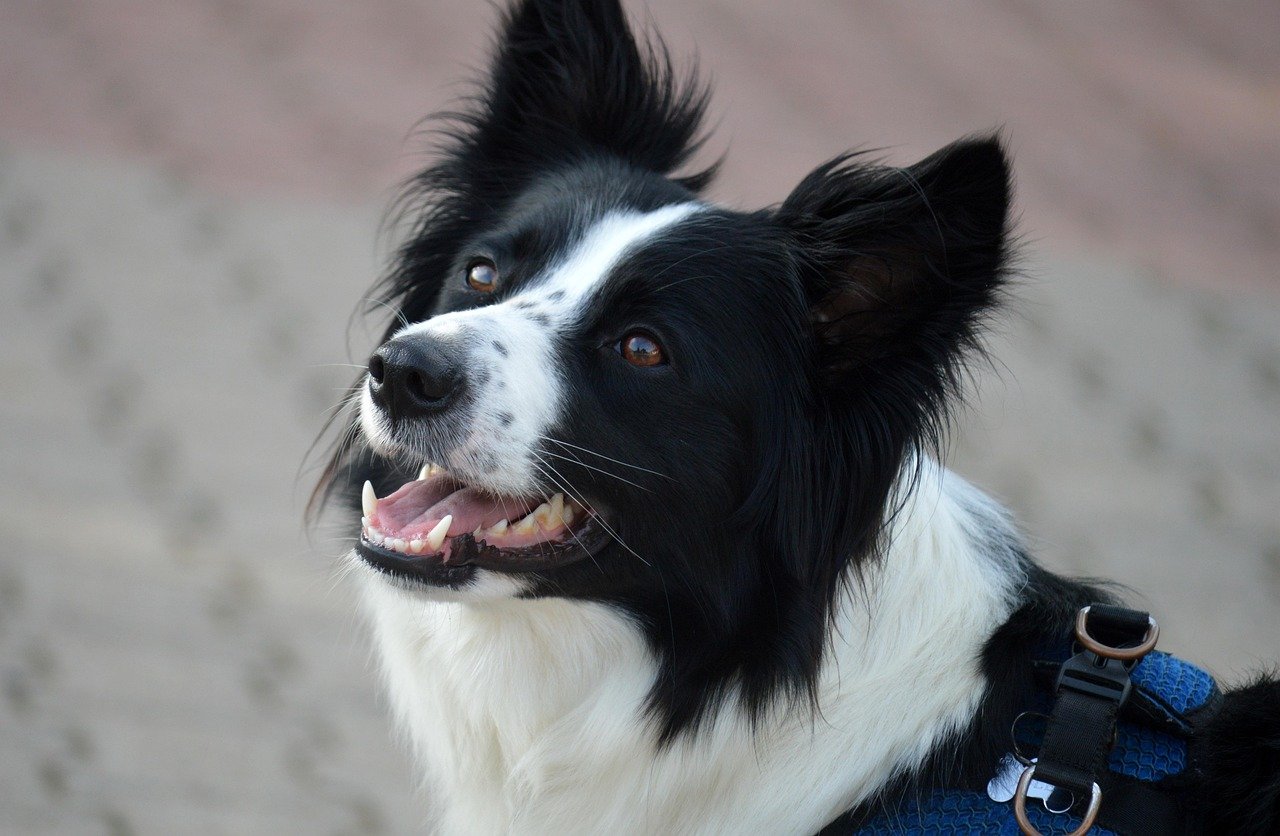
Dogs communicate through body language, vocalizations, and behavior. Learning to interpret these signals is crucial for understanding your dog’s needs and emotions. For example, a wagging tail can indicate happiness, while a low growl might signal discomfort or fear. By understanding these cues, you can respond appropriately to your dog’s needs, fostering a deeper bond and trust.
Balancing Work and Dog Time
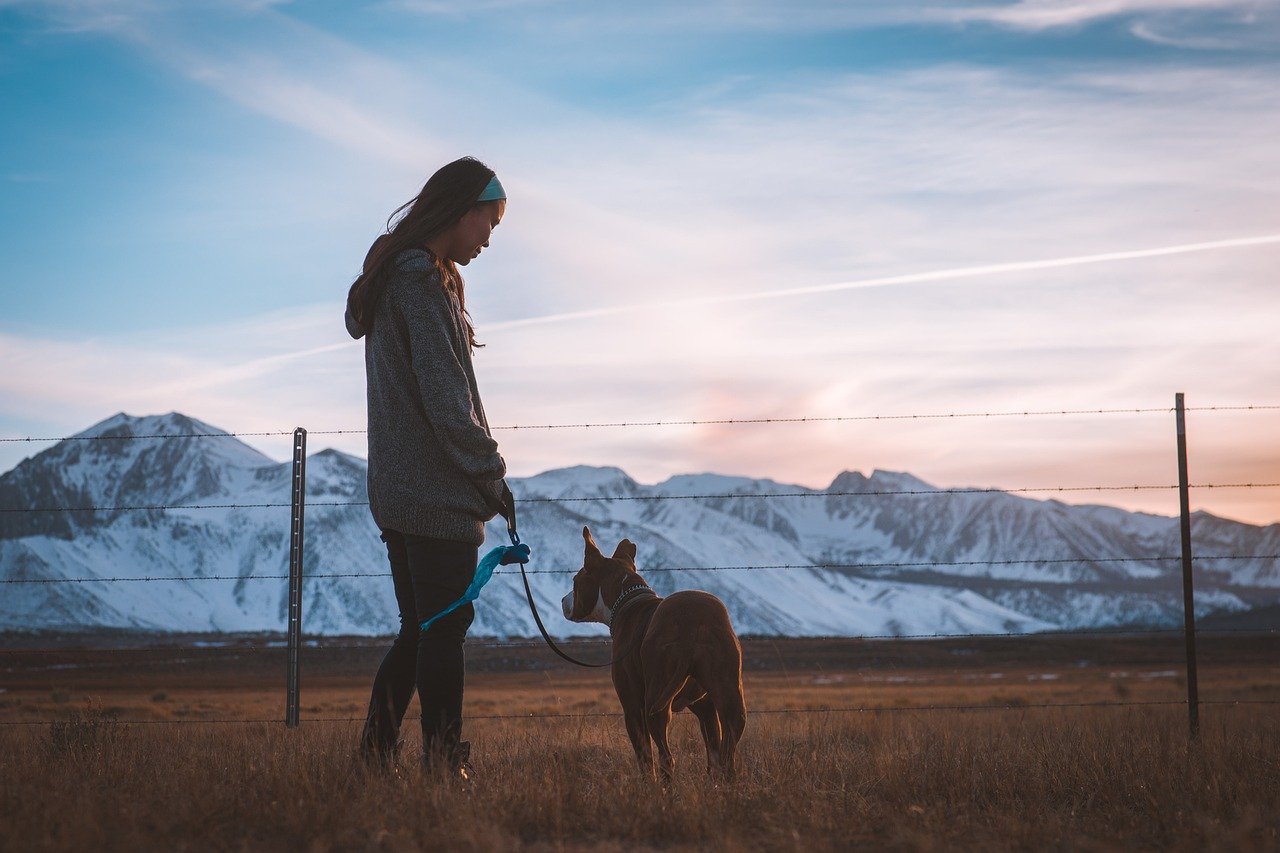
For many dog owners, balancing work commitments with dog care can be challenging. Plan your day to include quality time with your dog, whether it’s a morning walk, a play session, or simply relaxing together. Consider using dog-walking services or doggy daycare if you work long hours. Remember, your dog values time spent with you more than anything else.
Traveling with Your Dog
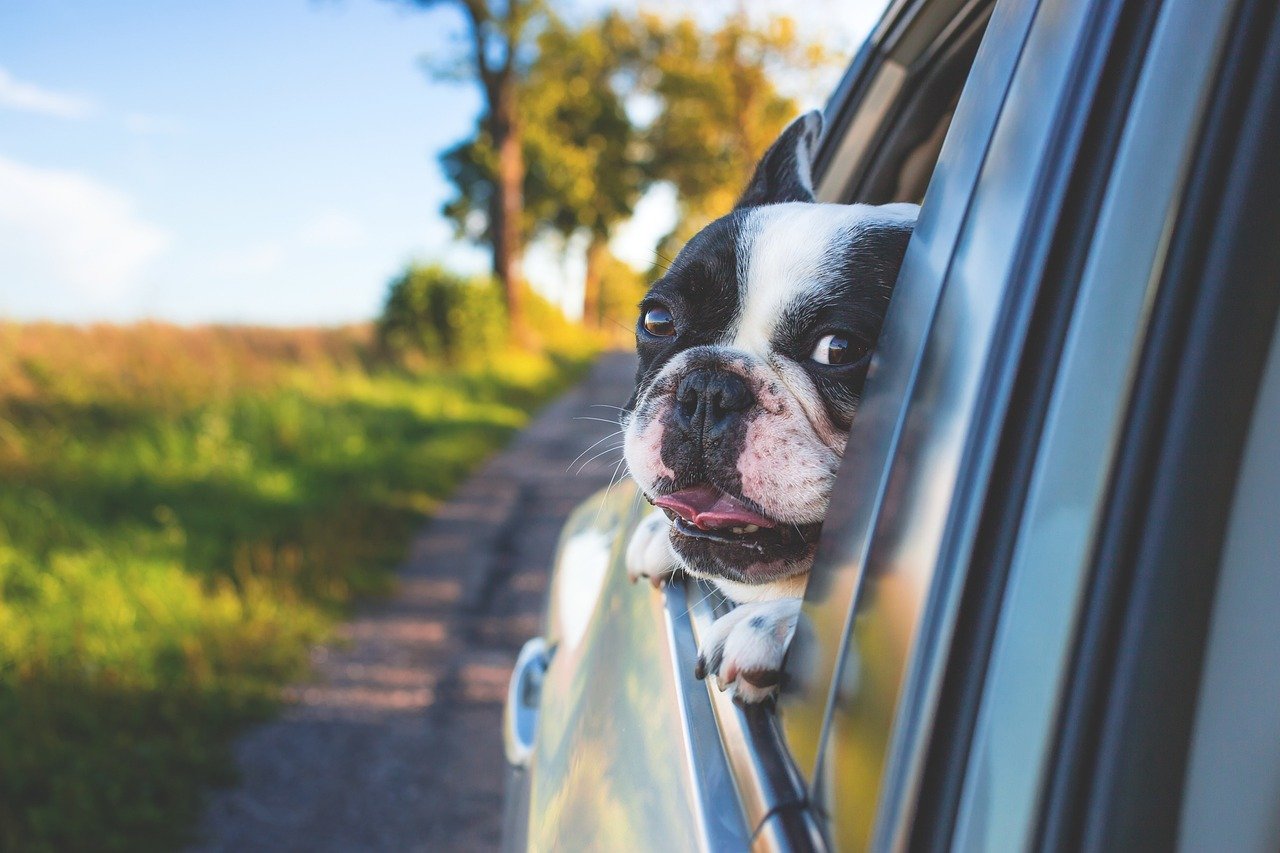
Traveling with your dog can be a rewarding experience if planned correctly. Ensure your dog is comfortable and secure during car rides, using a pet seatbelt or travel crate. Pack essentials like food, water, and a favorite toy. Research pet-friendly accommodations and plan breaks for exercise and bathroom needs. With proper preparation, travel can be enjoyable for both you and your furry companion.
Managing Behavioral Issues
Even the most well-behaved dogs can exhibit behavioral issues at times. Identifying the root cause of behaviors such as barking, chewing, or digging is essential. Is your dog bored, anxious, or seeking attention? Address these issues with patience and consistency. Consider consulting a professional dog trainer for persistent problems. Understanding and managing behavior is key to a harmonious home.
Building a Strong Bond
The bond between you and your dog is the foundation of your relationship. Spend quality time with your dog through activities like training, playing, or simply cuddling. Be patient and consistent, as building trust takes time. Celebrate small milestones and cherish the unconditional love your dog offers. A strong bond enriches your life and makes your dog feel secure and valued.
Adapting to Change

Life is full of changes, and your dog will rely on you for stability. Whether it’s a move, a new family member, or a change in routine, help your dog adapt by maintaining consistency in their daily life. Provide reassurance and comfort during transitions, and remember that patience is key. Your ability to adapt will ensure your dog feels safe and loved, no matter what changes come your way.

Linnea is a born and bred Swede but spends as much time as possible in Cape Town, South Africa. This is mainly due to Cape Town’s extraordinary scenery, wildlife, and atmosphere (in other words, because Cape Town is heaven on earth.) That being said, Sweden’s majestic forests forever hold a special place in her heart. Linnea spends as much time as she can close to the ocean collecting sea shells or in the park admiring puppies.

